The Sentence-Building Challenge for ESL Students
For many ELL students—especially in grades K–8—grammar and vocabulary can feel abstract, disconnected, and confusing. Even general education students in grades K–2 often struggle to put words in the correct order.
***Disclaimer: In this blog, the terms ESL students (English as a Second Language), ELLs (English Language Learners), and ML (Multilingual Learners) are used interchangeably. While “Multilingual Learners” is becoming the more widely accepted term, “ESL students” and “English Language Learners” are still commonly used in various contexts. My aim is to be inclusive and clear to all readers, regardless of the terminology they are familiar with.
Traditional worksheets and rote drills may cover the rules, but they rarely make sentence structure click. That’s why hands-on, color-coded ELL grammar and vocabulary sentence-building activities - especially those with collocations - are gaining so much attention in the classroom. When learners can physically move words, match pictures, and see grammar patterns, sentence construction becomes concrete, engaging, and memorable.
Why Hands-On ESL Grammar and Vocabulary Activities Work
Turning Abstract Grammar into Something Concrete
Research shows that providing physical representations of sentence parts - like picture cards for pronouns, verbs, and places - activates learners’ mental processes and deepens understanding. Instead of memorizing “Subject + Verb + Object,” students actually build it, which helps the rule stick.
As the Learner Variability Project notes, “providing physical representations of parts of a sentence activates learners’ mental processes… actively manipulating sentence structure and word order deepens a student’s understanding.”
The Added Power of Teaching Collocations
Integrating collocations (common word pairings like “do homework” or “play the guitar”) into sentence-building:
- Promotes Fluency and Natural Language Use – Students retrieve ready-made language chunks from memory, making speaking and writing smoother and more authentic.
- Improves Writing and Breaks Through Plateaus – Especially helpful for intermediate ELLs who struggle to sound natural in writing.
- Reduces Cognitive Load – Pre-formed chunks are easier to recall than isolated words, which speeds up sentence production.
- Boosts Retention – Grouping collocations by theme (fall, winter, Halloween, Thanksgiving, summer) or grammar pattern (e.g., wearing a scarf, carving pumpkins) helps students remember them.
- Prevents Errors – Using accurate collocations reduces both lexical and grammar mistakes.
- Deepens Language Insight – Learners see how words naturally “stick together,” which is key to mastering English usage.
Multisensory Learning for All Learners
Sentence-building mats engage visual, kinesthetic, and auditory learners at the same time. Students see color-coded word categories, touch and arrange cards, and say the sentence aloud—reinforcing grammar patterns, collocations, and seasonal vocabulary through multiple learning channels.
Boosting Engagement and Motivation
When grammar feels like a game, students want to practice more. Timed challenges, small-group competitions, and creative sentence-building tasks transform grammar from a chore into something fun and interactive
What Makes These ESL Sentence-Building Mats Different
Most sentence-building games focus on random words or simple phrases. This resource is designed to target specific grammar structures while integrating high-frequency vocabulary, collocations, and seasonal vocabulary (e.g., planting flowers, carving pumpkins, wrapping presents).
Clarifies Parts of Speech: Color-coding and grouping word types teaches grammar implicitly. Students see, for example, that all pronoun / article noun cards are one color (red) and must match the correct verb color. This highlights patterns like subject-verb agreement.
Each set focuses on one key grammar skill:
- Present Continuous (e.g., I am getting on the bus, She is reading)
- 3rd Person Singular Present Continuous (e.g., He is running)
- Plural Present Continuous (e.g., They are dancing)
- Modal “Can” for ability and permission (e.g., We can jump)
- Past Tense (regular & irregular verbs, e.g., She climbed, He ate)
Every set includes:
- Subject Pronoun Cards/ Article Nouns Cards (“Who?”)
- Verb Cards (“What?”)
- Place/Context Cards (“Where?”)
This structure ensures that students always practice complete sentences with correct subject-verb agreement.
How to Use ESL Grammar and Vocabulary Mats in the Classroom
- Pre-Teach Vocabulary: Introduce the words on the mat before sentence-building begins. Use picture matching, flashcards, or oral repetition so students are comfortable with the vocabulary.
- Model Sentence-Building using Gradual Release of Responsibility Model (I do): Show how to combine cards into a correct sentence. Say the sentence aloud, write it on the board, and have students repeat it.
- Guided Practice (We do): Let students work in pairs or groups to build sentences using the mats. Encourage them to swap cards to create new combinations.
- Independent Application (You do): Have students write their built sentences in a notebook, draw a quick picture, or translate it into their first language for comprehension.
When to Use Build-a-Sentence Activities:
Use them as a warm-up (bell ringer) activity, especially if you have a mixed-level group. For example:
- Newcomers can practice building simple Present Continuous sentences.
- Intermediate students can focus on Present Continuous with singular and 3rd person subjects (emphasizing subject-verb agreement).
- More advanced students can sort regular and irregular verbs, build sentences using those verbs, write the sentences, and look for those verbs in their books.
If you have a separate grammar, writing or vocabulary workshop, these activities are great to include in those sessions as well.
Key Benefits of Using ESL Build-a-Sentence Mats
- Makes Grammar Visual – Color-coded cards highlight pronouns, verbs, and places.
- Supports Vocabulary Retention – Students repeatedly use high-frequency words and collocations in context.
- Reduces Cognitive Load – Built-in word banks help learners focus on grammar patterns, not word recall.
- Inclusive for All Learners – Effective for ESL students in K–8 and general education students in K–2.
- Builds Speaking, Writing, and Listening Skills – Each activity integrates multiple language domains.
Whether you’re teaching newcomers or supporting early writers in general education, ESL grammar and vocabulary sentence-building mats are a low-prep, high-impact way to help students master sentence structure.
By combining explicit grammar instruction with hands-on play, you give learners the tools—and the confidence—to build correct, complete sentences every time.
Need more grammar lesson ideas? Check out my blog post about Teaching Visual Grammar in Context here.
Would like to try how these build-a sentence activities work? Click here and grab my Free Back to School Build a Sentence.
Want more first-day ESL tips, crafts, and classroom culture ideas? Sign up for my email list.
Happy BTS Teaching!
ESL Resource Meet
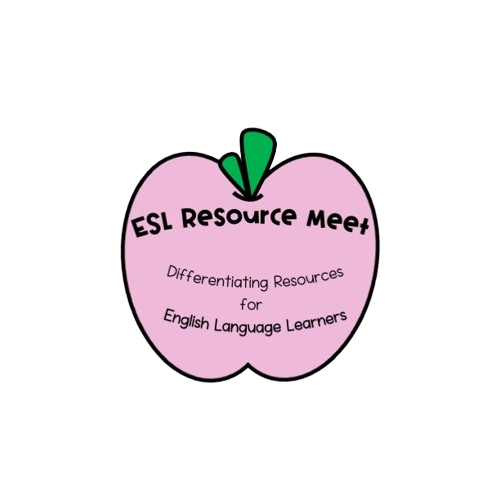


















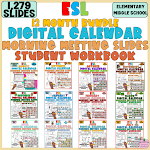


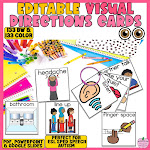













































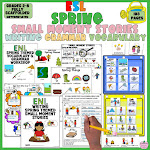




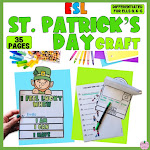
















































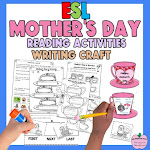
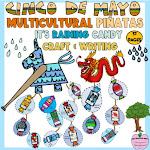
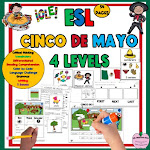
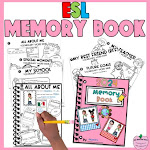





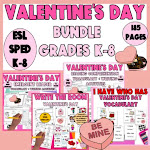




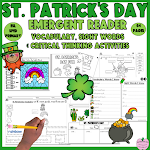



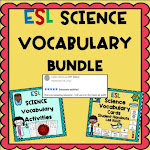




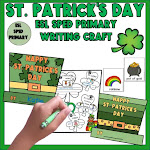

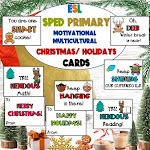
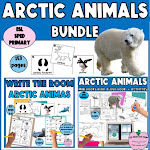

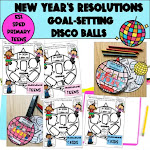
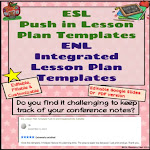




0 Comments